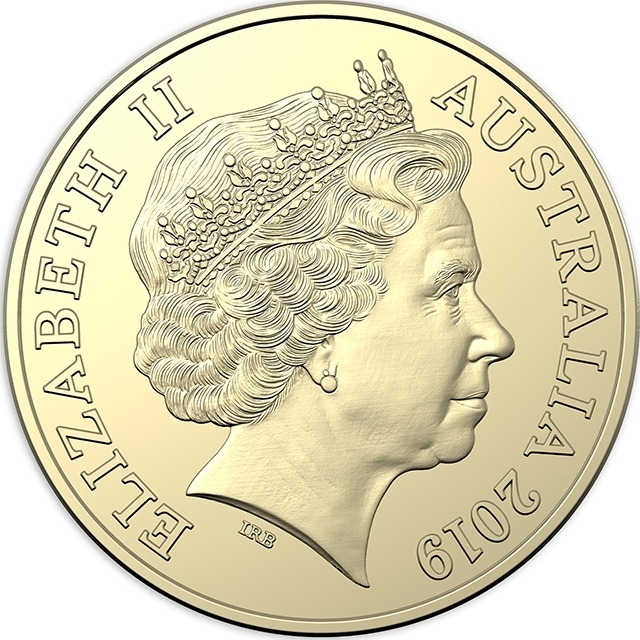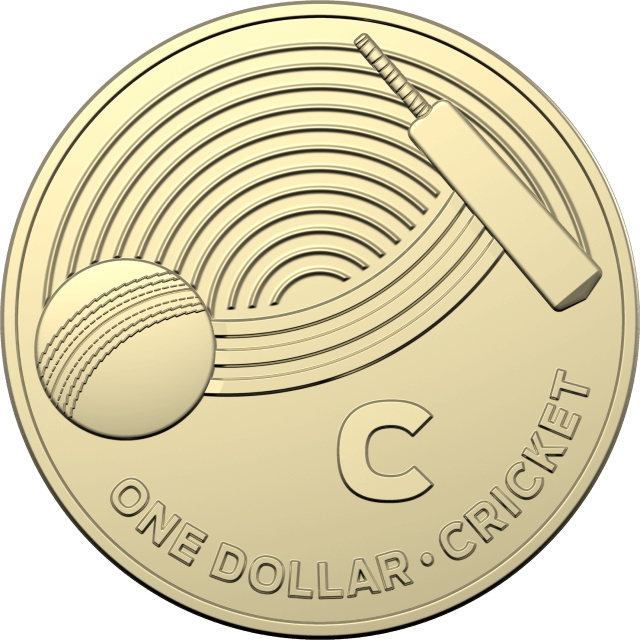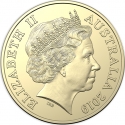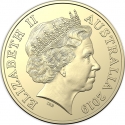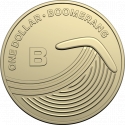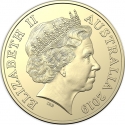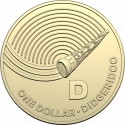You are about to finish your registration. Please check your mailbox (including spam folder). There should be a letter with a confirmation link. Check setting to make sure that your e-mail address is correct.
Send letter againDescription
In 2019 - following the great success of the Royal Mint in the United Kingdom with the 10 pence A to Z Collection - the Royal Australian Mint (RAM), in collaboration with Australia Post, started a similar campaign, The Great Aussie Coin Hunt. A series of 26 $1 coins feature each letter of the English alphabet and an Australian symbol starting with that letter. The designs range from didgeridoos and quokkas to products deemed by many as the culinary epitome of Australian culture — meat pies and lamingtons. Brand names such as Weet-Bix, Iced VoVos and Zooper Doopers feature on the coins, with the famed Ramsay Street sign from TV soap Neighbours also making an appearance. Everyone can join in the hunt by going into any one of the 3,600 participating Post Offices, making a purchase and receiving the $1 collectable coins in their change.
Obverse

|
Fourth crowned portrait of HM Queen Elizabeth II facing right, wearing the Girls of Great Britain and Ireland tiara. ELIZABETH II AUSTRALIA 2019 |
|---|---|
Reverse

|
Depicts a cricket bat and ball. There are 12 thin concave lines with identical curvatures and 3 thick convex lines with identical curvatures. C |
| Edge |
7 sections |
1 Dollar
4th portrait
The Great Aussie Coin Hunt
C - Cricket
Subscribe series
KM#
The Great Aussie Coin Hunt
C - Cricket
Characteristics
| Type | Commemorative Issue (Circulating) |
| Material | Aluminium Bronze |
| Weight | 9 g |
| Diameter | 25 mm |
| Thickness | 2.5 mm |
| Shape |
|
| Alignment | Medal |
| Mint |
Royal Australian Mint (RAM)
|
